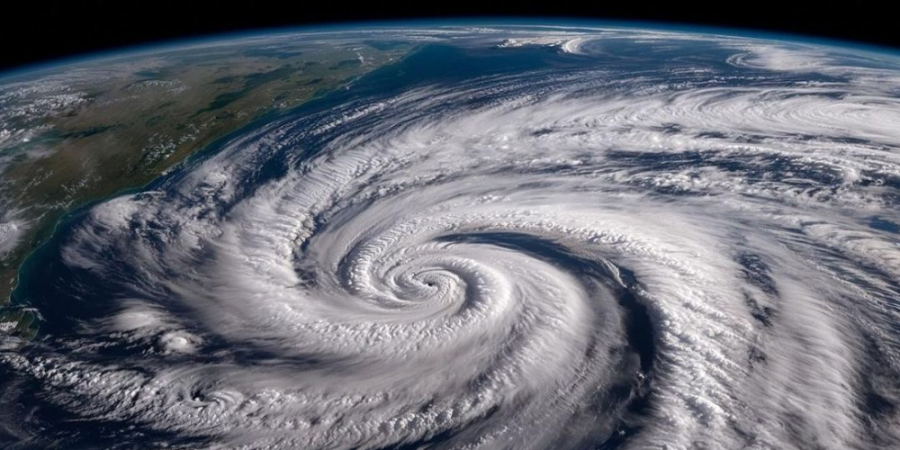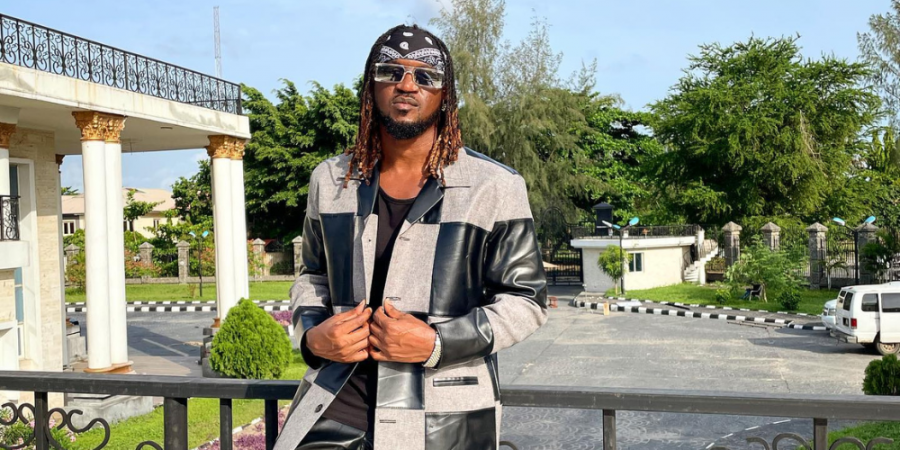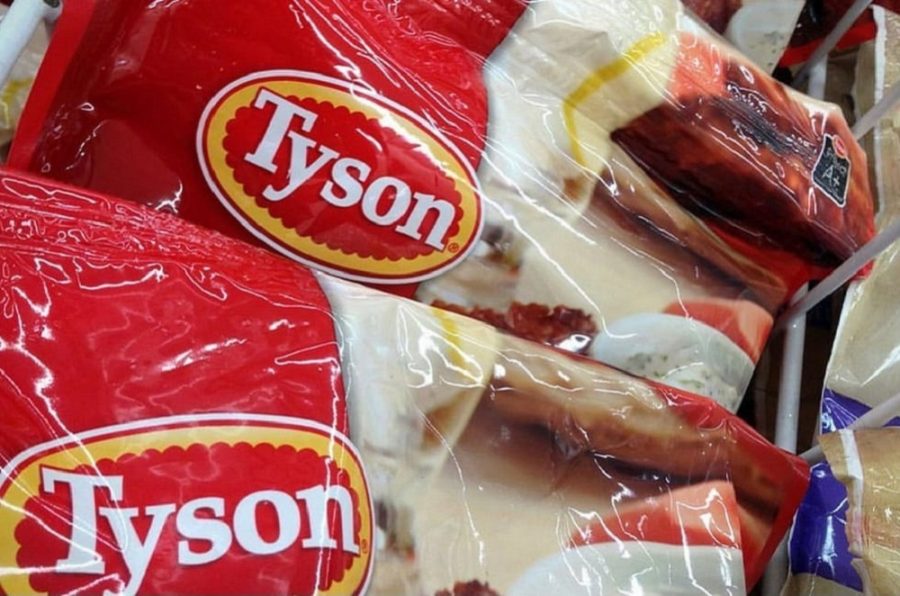For more than 70 years, people have chanted ‘never forget’ on Holocaust Remembrance Day, but a shocking survey this year showed that people are quickly forgetting the atrocities of Nazi Germany Era when more than 6 million Jews, which made up two-thirds of the European Jewish population, were killed systematically between 1941 and 1945.
What the survey really tried to point out was that most Americans don’t even learn much about the Holocaust to forget in the first place – and our education system is partly to blame for it.
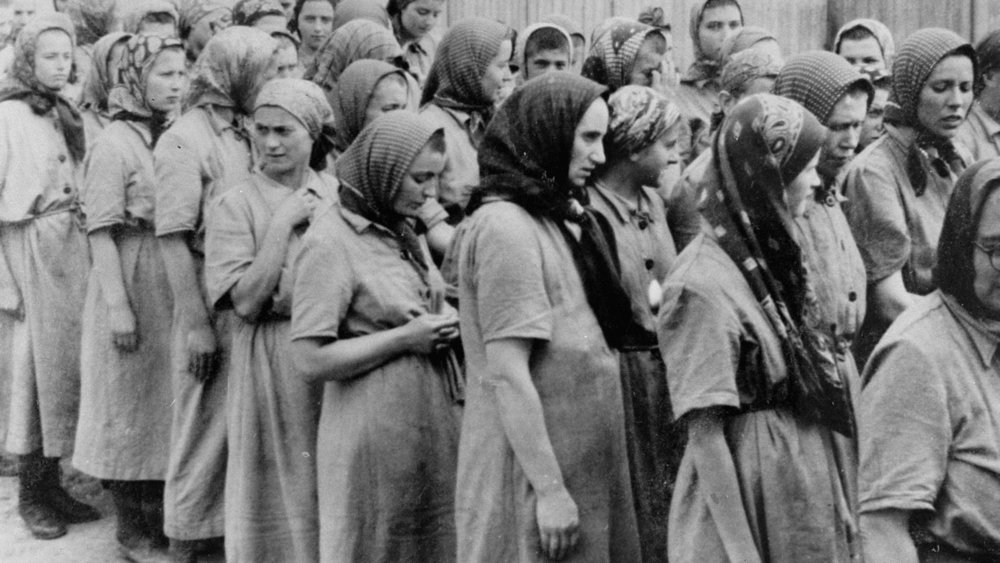
New survey points out flaws in American education system which is partly responsible for the lack of knowledge among millennials about the holocaust events seven decades ago
Fading Memory of the Holocaust
A survey conducted by Schoen Consulting was released on Holocaust Remembrance Day on Saturday which revealed that most of today’s adults fail to demonstrate the basic knowledge of what really happened seven decades ago during the Holocaust.
The lack of knowledge was much greater in adults of the ages 18 to 34, also known as the millennials, 41 per cent of whom thought that only 2 million Jews were killed by Nazi Germany between 1941 and 1945. The actual number was three times bigger than their estimation. Moreover, 41 per cent of the Americans did not know about the Auschwitz concentration camp and 52 per cent incorrectly believe that Hitler used force to rise to power.
Members of the Conference on Jewish Material Claims Against Germany, which issued the survey, are fearful that the tragedies of Holocaust are slipping from our memories as time takes us farther away from the actual events which occurred many decades ago.
The real reason behind the apparent lack of knowledge, according to some, is the fact that Americans are not talking, learning, or discussing the genocide as much as they should. If things continue this way for another generation, events of the Holocaust will be completely wiped out from our memories.
Why Survivors’ Stories Matter
Although the research demonstrated an apparent lack of knowledge among the American population, an overwhelming 93 per cent of them agreed that schools should take immediate remedial action and start teaching children about what really happened during the Holocaust and the events that led to the worst genocide in the history.
The problem isn’t that people don’t believe that the Holocaust ever happened or lack compassion for it, they simply aren’t being taught enough in classrooms, says the VP of Claims Conference which has been fighting for the Holocaust victims’ restitution for decades.
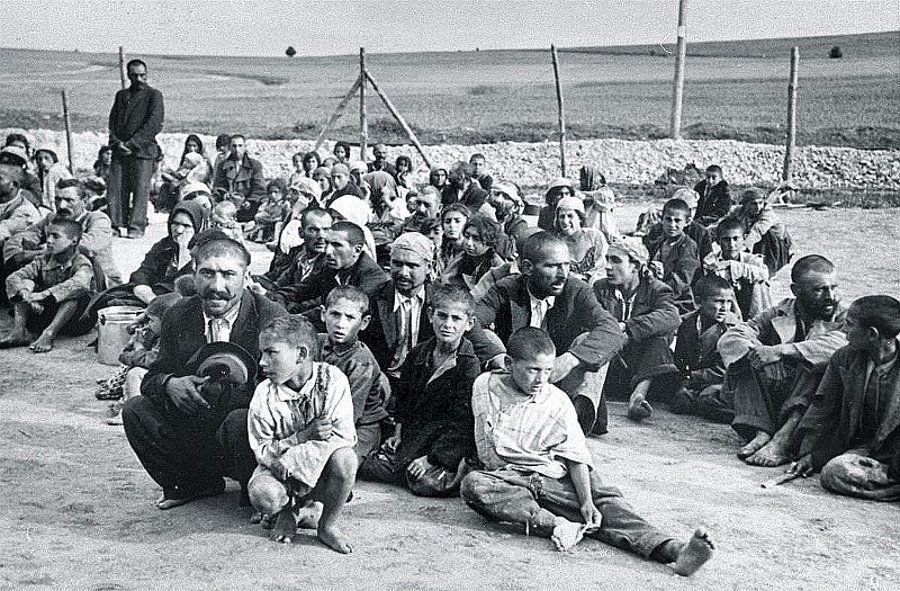
Only 400,000 survivors of the Holocaust remain alive today with many of them already in their 80’s and 90’s
More than 1,300 Americans, including 31 per cent of Millennials, participated in the study through online surveys or telephonic interviews. The researched was a joint effort by a number of organizations including the Holocaust Memorial Museum, Claims Conference and Schoen Consulting who assigned a separate committee to develop questions for the survey.
The committee also took help from the survivors of the Holocaust, whose numbers have fallen to 400,000 this year. Many of the remaining survivors are in their 80s or 90s which makes the need for documentation of their stories all the more urgent.
Preserving the Witnesses’ Testimonies
Advocates of the Holocaust Remembrance say that people can learn more from the survivors of the atrocious genocide directly than any book or documentary, but the day will soon come when there will no more of them left to tell their stories. Levine Institute for Holocaust Education and other Holocaust museums around the world are trying to come up with ways to document the witnesses’ stories to educate the future generations even after the witnesses are no longer alive.

Wedding rings collected from concentration camp spouses
Philadelphia Holocaust Remembrance Foundation is already developing a memorial plaza at the site where six million Jews lost their lives during WW2. The plaza, which is set to open in October, will allow visitors to listen to survivors’ testimonies through an interactive app which will use geocaching technology to know exactly where user is standing inside the plaza and pull up video footages of survivors who were taken as prisoners to death camps through the exact location.
Visitors at the Illinois Holocaust Museum and Education Center are also able to interact with the holograms of survivors who recorded their testimonies years ago and ask questions in real time. The technology is the closest it can get to talking to a live survivor and most visitors gasp in awe when they hear the holograms talk back to them as if they were having a real conversation.






